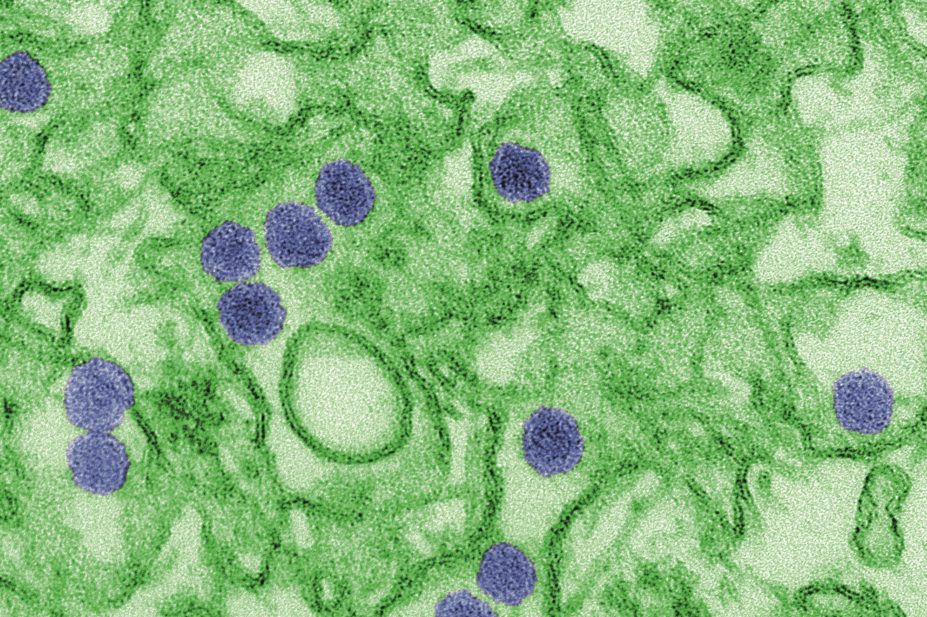
CDC / Cynthia Goldsmith
Epidemiological data suggest that the outbreak of the Zika virus in Brazil is responsible for a 20-fold increase in the rate of microcephaly among newborn babies. However, clear evidence that the virus can cross the placental barrier and infect the foetus has been lacking.
Researchers from Brazil report in the Lancet Infectious Diseases (online, 17 February 2016)[1]
that they have detected the Zika virus genome in amniotic fluid taken from two pregnant women with symptoms of Zika virus infection whose foetuses were confirmed to have microcephaly. This finding shows the Zika virus can cross the placental barrier, strengthening the link to microcephaly, the team conclude.
The researchers say their work underlines the importance of controlling the population of the virus’ vector — the Aedes aegypti mosquito — in the absence of a vaccine or effective antivirals.
References
[1] Calvet G, Aguiar RS, Melo ASO et al. Detection and sequencing of Zika virus from amniotic fluid of fetuses with microcephaly in Brazil: a case study. Lancet Infectious Diseases 2016. doi: 10.1016/S1473-3099(16)00095-5


